 Photo Courtesy of Taira Malaney Photo Courtesy of Taira Malaney Taira Malaney was interviewed by Robin McGahey, guest writer Taira Malaney is an independent filmmaker from Goa, India. Her newest film, My Mollem: Goa’s Green Heart, is an ode to her beloved home of Goa, and a call to action for the Goan government. The beautiful film discusses the rich biodiversity in Mollem National Park, and the potential impact of deforestation. Our guest writer, Robin McGahey, sat down with Taira, to take a look behind the scenes, into Goa’s Green Heart. To watch the film in English: https://bit.ly/3bsCqXx To watch the film in Konkani: https://bit.ly/2NOPpuA Q: What inspired this story? My Mollem initially came to me through social media. The campaign had already begun by the time I came on. It was engaging and thought-provoking, and as it was discussing deforestation in Goa, it hit very close. I reached out to a friend, who is running the core team, alongside the scientists and citizen scientists, artists, painters, and animators. I knew after diving into the project, I wanted to tell the story in a short documentary. Q: What inspired you to join the Mollem campaign? My involvement with this film actually began in 2019 at the Jackson Wild Summit. I connected with a fellow filmmaker from Goa. She reached out to me during the pandemic to come on as an editor for her film. After spending time together, learning about the lockdown struggles in our home, I was inspired to create a story surrounding the beautiful state of Goa. The pandemic really showed me how special and rewarding it is to stay local, working on stories close to home, with the people living through it. Q: How did you approach telling this story? Coming into this project, I knew I wanted the POV to be from the community. Located in southern Goa, the village of Mollem is very small, isolated, and densely forested. I wanted the narrative to focus more on the people and community voices, while still keeping the risk to biodiversity at the forefront. I reached out to local scientists to be our guide, and found a young, energetic girl to be our voice. I wanted to weave in the idea of intergenerational equity, an economic concept that refers to the wealth of the state's natural resources and the need to preserve it for the future generations. In this case, we’re looking at the question, “What are we leaving for the future of our children, if we let the main water sources of the state be destroyed?” Q: Who is the lovely narrator? We actually have two narrators, because there are two versions of the film. For the English version, we met the young girl through a local colleague. A friend of hers heard about our project, and she, and her nine-year old daughter really wanted to help out. I knew immediately when I met her that she would be a great fit. She had an amazing voice, filled with passion and so much emotion. She was the right person to take us through this story. In the Konkani version, the local language of Goa, our narrator was a young girl we met through the incredible Goa Outreach Program. It was a really cool experience because she wasn’t aware of the threats facing Mollem, so she got to learn, and be part of this project. Q: Talk to me a little bit of the visuals of this film. What did you use? So much comes back to Jackson Wild. At the time, I was paired with Tom Mustill, who uses a lot of stock footage in his films. We spoke about reducing carbon footprint and cost by diving into archives. I had seen how powerfully this had come together in his recent short film Nature Now, and so decided to give it a try. We sourced all the footage through stock footage, except the interviews. People were really welcoming when it came to sharing footage, and excited to collaborate. Q: Were there any surprising or meaningful moments/experiences you want to share? While filming, we took the time to meet with the community, especially the students and scientists. Two interviews especially stayed with me. One was a botanist and the other a med student that specialized in zoonotic diseases. I was amazed to see the people in the village fighting this hard to save Mollem. They had these incredible points of view and strong opinions about the local biodiversity. The botanist, a young woman, had focused her career on a specific species of fungi that lived in the forest. I realized the ignorance I came into this community with, looking at the community as something that needed to be understood, when really, they are doing it on their own. I was so inspired. Another good moment was on the first day of shooting. There was a thick fog bank, and we ended up losing our drone. Thankfully a local man came to our rescue, climbing, of course, the tallest tree in the forest to retrieve it for us. I took it as a sign. Know the forest before you send a drone into it. Q: What did you learn from your experience making this film/program? This was my first impact film, so as you can imagine, I learned a lot. My biggest learning was that a film can be made with a really small crew and budget and still have a significant impact. With the goal of impact, we worked with the campaign team from the very beginning. It created opportunities for connections and collaboration that made it so much better in the end. Q: Speaking on impact, what impact do you hope for this film to have? Is there a Call to Action? When we initially released this film on social media, we immediately saw a spike in campaign engagement. The video was viewed by hundreds of thousands across India. Shortly after that people began protesting, and the issue was brought up to the Central Environmental Committee (CEC) in the Supreme court of India. They have already performed a site inspection earlier in January 2021. The state has vowed to go ahead with the projects, despite local opposition, saying that these projects are needed for Goa’s development. This is where the campaign comes in. With enough pressure from the public, they will be forced to recognize the threats against the Mollem forest and take action to protect it. For more information visit: https://actforgoa.org/my-mollem/ Follow My Mollem on Instagram: https://bit.ly/2ZxuKxp Press Release: https://adobe.ly/3qDOpId
1 Comment
We reached out to our World Wildlife Day Film Showcase filmmakers to ask them five questions about the experience of making their films.
What inspired this story? Sébastien PINS of Alchimie Productions: I have often admired the work of loggers with their workhorses in the Ardennes. I wanted to share the discovery of that ancient and beautiful job with as many people as possible, so I got introduced to one of the last workhorse-loggers in Belgium. I‘ll always remember the first time I met Marc and his horse Nina - an animal of several hundred kilos. She could pull by herself several pine trees, outpacing her master who seems so small next to her. From time to time the man would give almost inaudible orders to his horse. The coordination between both was obviously perfect, a real symbiosis. One day, around a campfire, Marc the logger told me about his worries about the future of his job...he told me that now he was considered as “the last of the Mohicans,” picking up trees with his horse Nina in places machines couldn't reach. According to him, the number of the loggers in Belgium can be counted on the fingers of one hand. I observed Marc and saw a man marked by life and the hardiness of his job, but above all I discovered a passionate man, a passion he had even transmitted to his son. The young man had indeed become a logger like his father. At that moment I decided that to turn my idea into a short film to reach more people, even beyond the frontiers of Belgium, to let everybody know about this fascinating job. Covering all four seasons, this short film should have been shot in one year, but it turned out to become a true obstacle course for more than three years. Describe some of the challenges faced while making this film. SP: While a man's life is short, the life of a tree can span centuries. I therefore tried to choose unusual points of view by placing my camera amongst the forest’s gaze on the logger. I also put an emphasis on moving the camera to join the point of view of the logger and his horse. To film certain shots, we used a cine-drone, a paramotor, a tower, a shoulder camera with an easyrig and numerous other techniques… In terms of shooting with a drone, it was very complicated as we were in locations which did not offer any satellite assistance and each shot therefore needed to be a real work of art under such shooting conditions. For close-ups on the logger or the young girl, I chose to use a shoulder camera which allowed me to be as close as possible to my characters, in order to capture everything going on within them with this more “organic” camerastyle. The main technical question I asked myself was whether this mix of different shooting styles would provide us with shots which could be tied together in post. There remained some questions about the feasibility of connecting a perfectly fluid drone shot with a less stable shoulder camera shot. And, in the end, it was a relief to see that each shot came together well. With my team, I used different techniques in order to capture the flight of the birds. For example, we used a paramotor to get closer to the cranes, which meant we avoided having to work with a telephoto lens. It might also be interesting to know that, when the camera is beside the cranes in the sky, that is the product of a year’s work for 5 seconds of images. What did you learn from your experience making this film? SP: I believe that the future of logging is a close collaboration between machine workers and a good logger pulling his horse. While scouting, I noticed that where there was a workhorse, the machine was often left idle. A horse which is able to skilfully maneuver on the terrain can find trees in places where, if it were down to a machine, the forest would need to be razed in order to allow the Timberjack, tractor or skidder to pass through. To my mind, the horse is too often seen as a step backwards in terms of technology, when it is actually the source of a perfect complementarity between economic, social and environmental functions. What is more, these days it constitutes an important aspect for the development of green tourism.” How do you approach storytelling? SP: I wanted to develop with “Traces” a simple story, touching and accessible to all. With the word “Traces," you may believe the film to be about a vestige of the past, but this is far from being the message of my film. It takes place in the present and shows the impression left by a logger and his horse in the heart of a young girl over the seasons. What impact do you hope this film will have? SP: Being a director is, for me, a life choice linked to my wish of leading a team to work together in creating a project with meaning. So, with this film, my goal is to raise awareness and value the work of these men who, since the dawn of time, have contributed to the wellbeing and safeguarding of our forests. It also describes the extraordinary symbiosis between man, animal and forest. The whole concept of transmission takes its meaning in the loggers act of transmitting to a girl his passion of for his work. Some encounters can create new life goals! Thus, the short film "Traces" shows that young people can also be actors in the preservation of our forests. I hope to arrive with "Traces" to reach my audience so that it can germinate in him the desire to participate actively in the preservation of our forests. I hope that my short film will contribute to the survival of their profession. Were there any surprising or meaningful moments/experiences you want to share?
Any fun facts about the film, the subject matter or the production crew that might surprise the audience?
Anything else you would like people to know? SP: The Ardennes, a real temple to nature and land of legends, constitutes by itself the setting for “Traces." Throughout the movie, you will travel to the four corners of this magnificent territory filled by forests and valleys. You will fly over Bastogne, Houffalize, Herbeumont, Saint Hubert, Roc-La-Tour and many more places. What next? SP: Making the Traces short film travel around the world is our first purpose and we are particularly looking for broadcasters such as the BBC, National Geographic, ARTE, Netflix and more ... A short film and a feature documentary are also in preparation. To achieve these different projects, we seek production partners, whether private or institutional. For more information, please contact us! How can audience members take action to help the cause or issue featured in this film? SP: I have never felt more alive than when shooting this film. The contact with nature, the horse and the logger was emotionally very fulfilling. Your audience should not hesitate to go and meet these last loggers, so they can listen to their story and share for a few days their daily life to understand how important their job is. As a logger with a draft horse, you live in deep communion with the nature which cradles us through the seasons. This job also represents a responsible act of safeguarding the soils of our forests. As Chesterton said, it is in human nature to always pursue things that vanish and to appreciate them as soon as they are about to disappear. Five Questions for Filmmakers: Nigerians Fight to Protect the World's Most Trafficked Mammal2/3/2021
We reached out to our World Wildlife Day Film Showcase filmmakers to ask them five questions about the experience of making their films.
Describe some of the challenges faced while making this film/program. Director and Producer Katie Schuler: My crew and I took safety and security precautions before and during our two weeks of filming in Nigeria. That said, we still faced potentially hazardous encounters with corrupt government officials who tried to confiscate our cameras and increasingly volatile situations with frightened poachers and sellers of pangolins and pangolin products. The most challenging thing we filmed was the actual butchering and decapitation of a wild white-bellied pangolin, which was too gruesome to use in the final film. In the end, it was worth the risk and helped us better shed light on how the demand for pangolin scales in Asia is expanding the illegal trade of pangolins in Africa. Any fun facts about the film/program, the subject matter or the production crew that might surprise the audience? KS: We arrived in Lagos, Nigeria, one of the largest (if not the largest) hub for illegal pangolin trade in Africa, to document how the illegal trade operates. Instead, we came away with an entirely different story about the people going to extreme lengths to save this threatened animal. Most notably the star of our story is Dr. Mark Ofua, a veterinarian who at risk to his own safety and career, regularly visits Bushmeat markets to rescue and rehabilitate pangolins. We witnessed him do this with 8 different pangolins (including some baby pangolins that were separated from their mothers) during our two weeks filming with him. The highlight for me and my crew was witnessing Mark releasing these lucky pangolins back to the wild in a protected forest. What next? KS: One of the greatest challenges in creating conservation strategies for pangolins is that we simply dont know much about them. Science and data collection is vital to the survival of this species and yet there are very few teams studying them around the world. I was lucky to spend a couple of weeks documenting the incredible research on the black-bellied pangolin by PHD candidate, Mathiue Assovi in Cote d’ivoire earlier this year. I’m excited to share the resulting doc with audiences in the coming months in an effort to inspire more people to value and support science and research of pangolins. |
Archives
March 2024
Categories
All
|
Contact UsJackson Wild
240 S. Glenwood, Suite 102 PO Box 3940 Jackson, WY 83001 307-200-3286 info@jacksonwild.org |


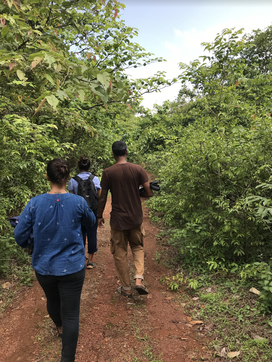
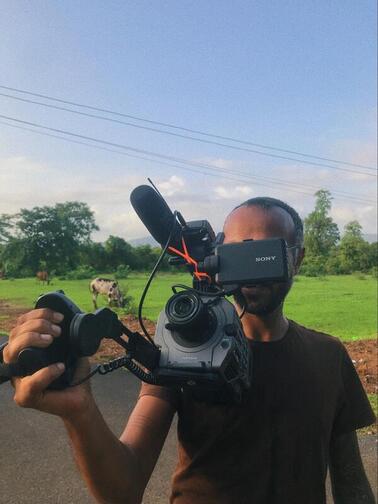
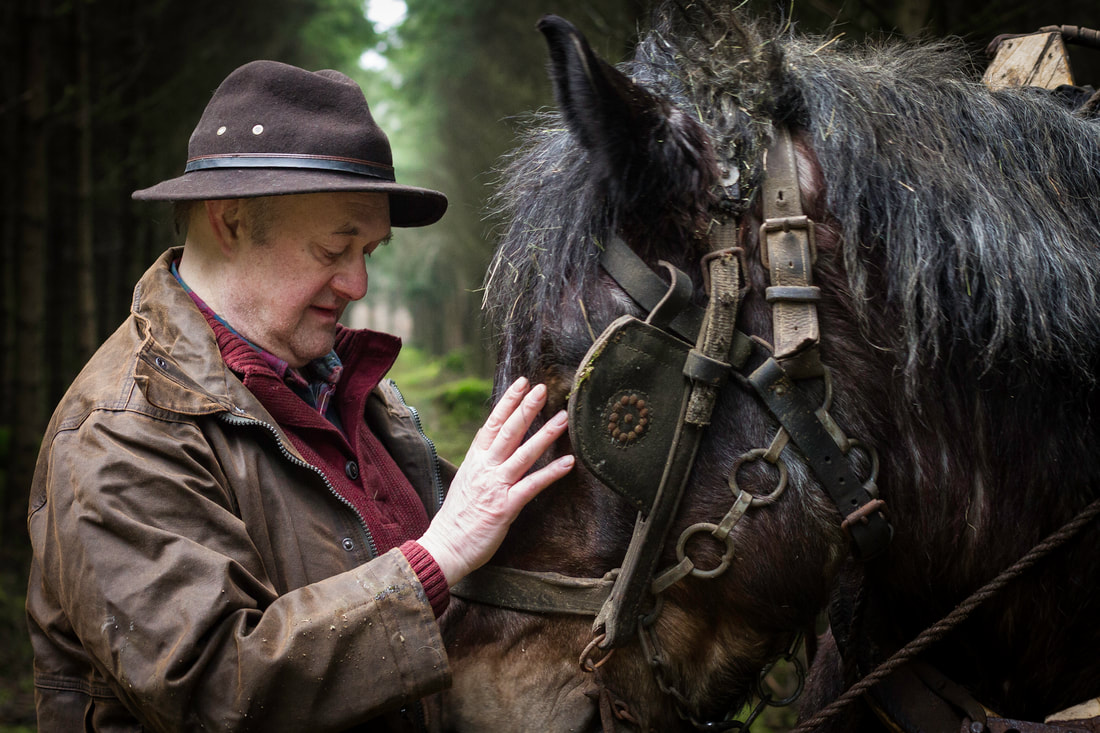
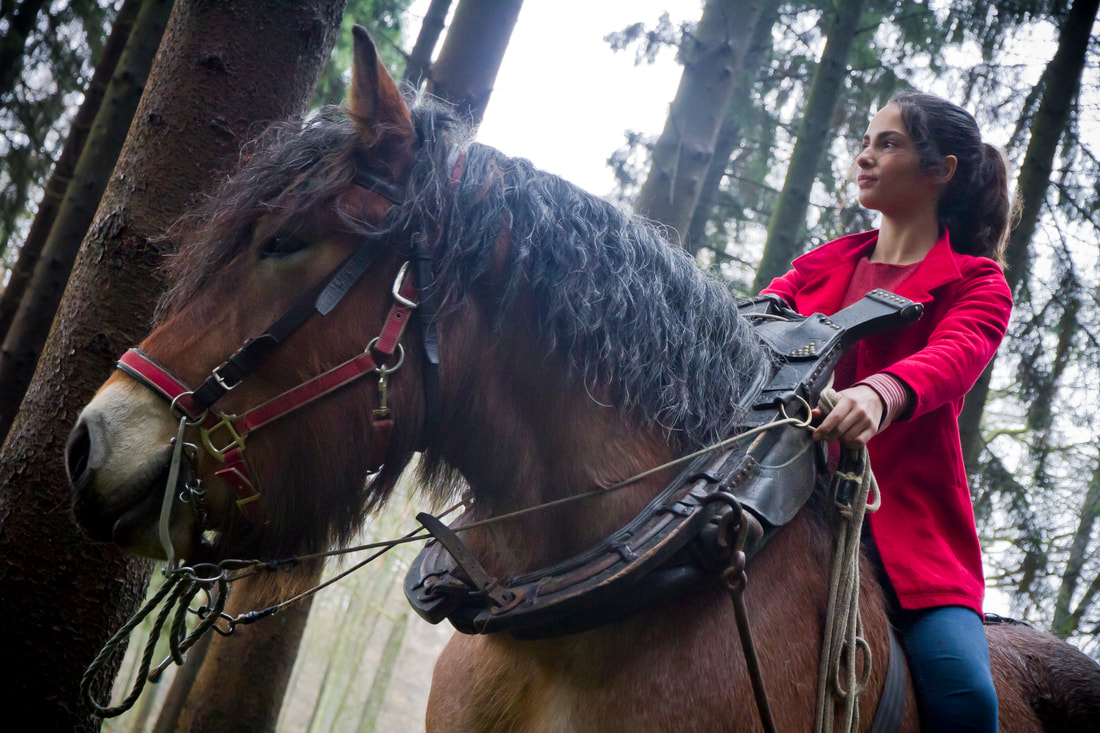
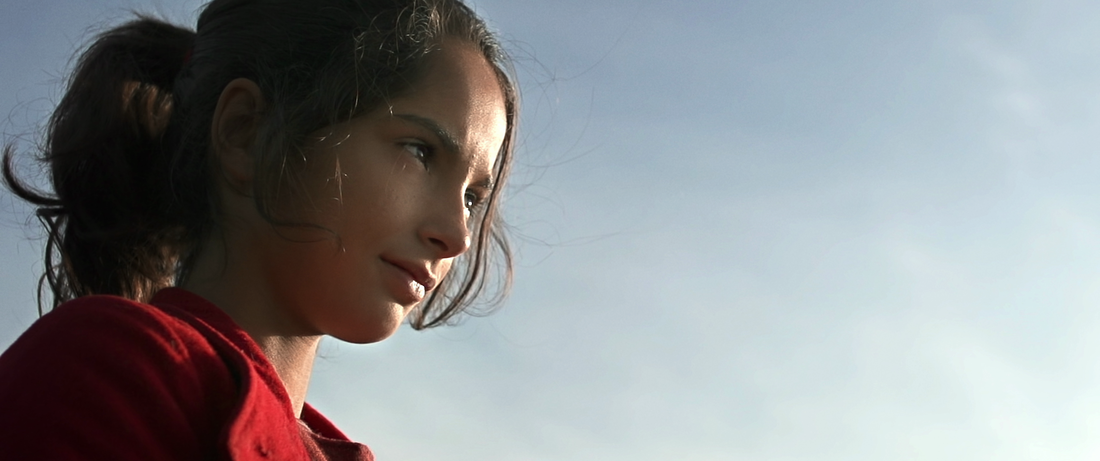
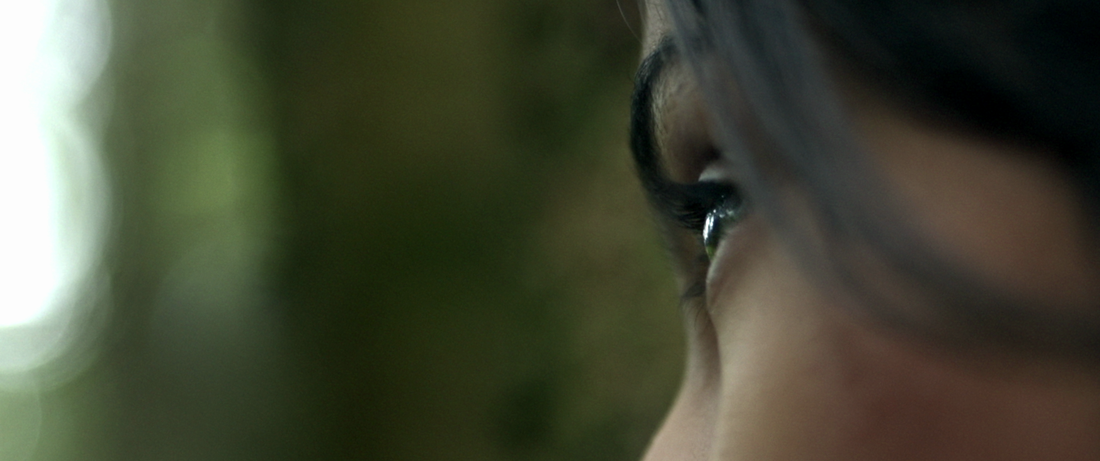
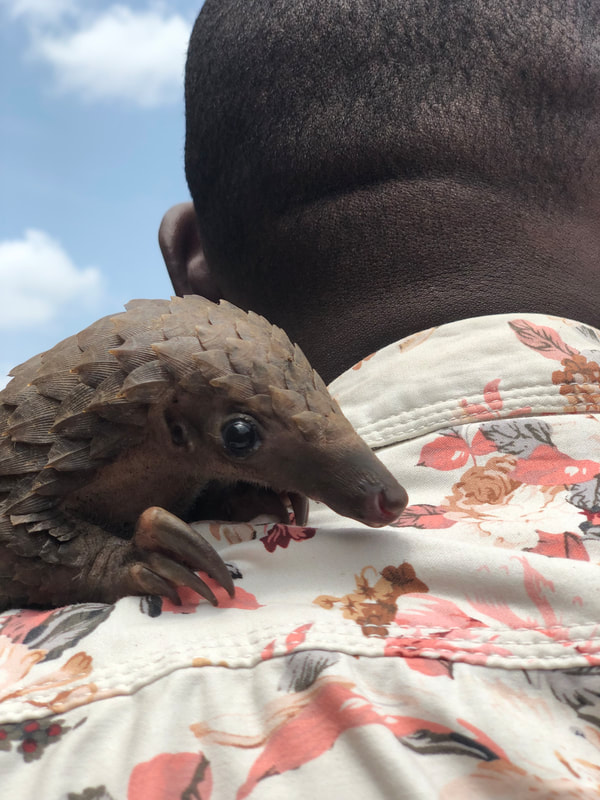
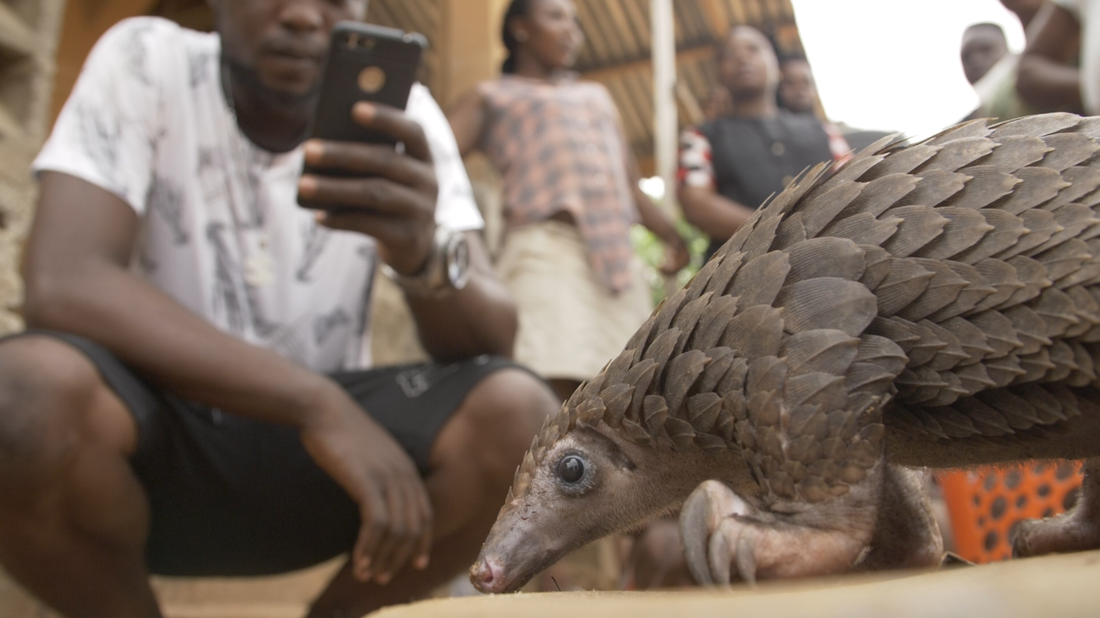
 RSS Feed
RSS Feed